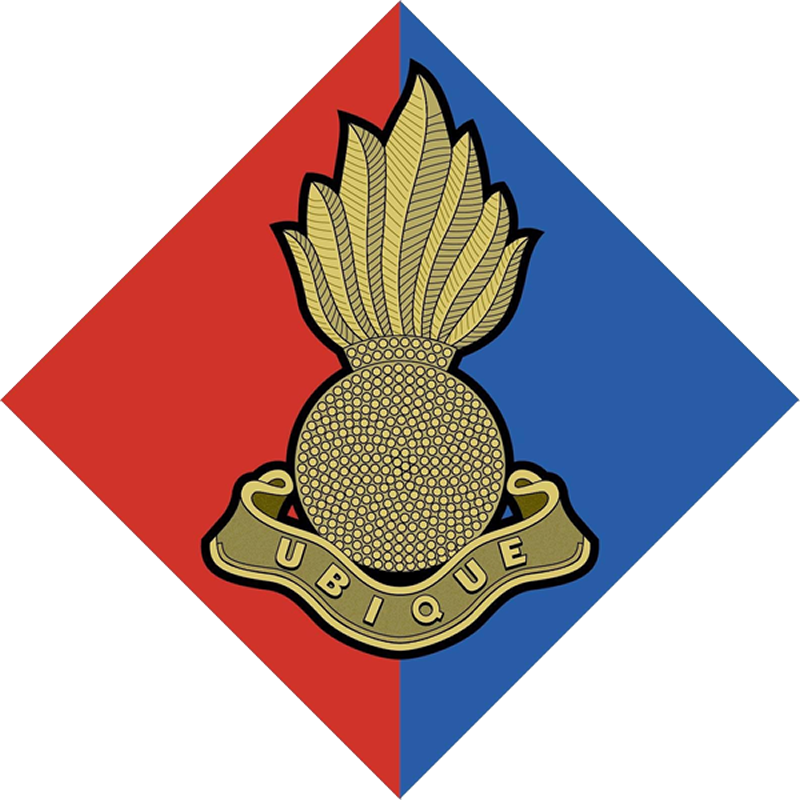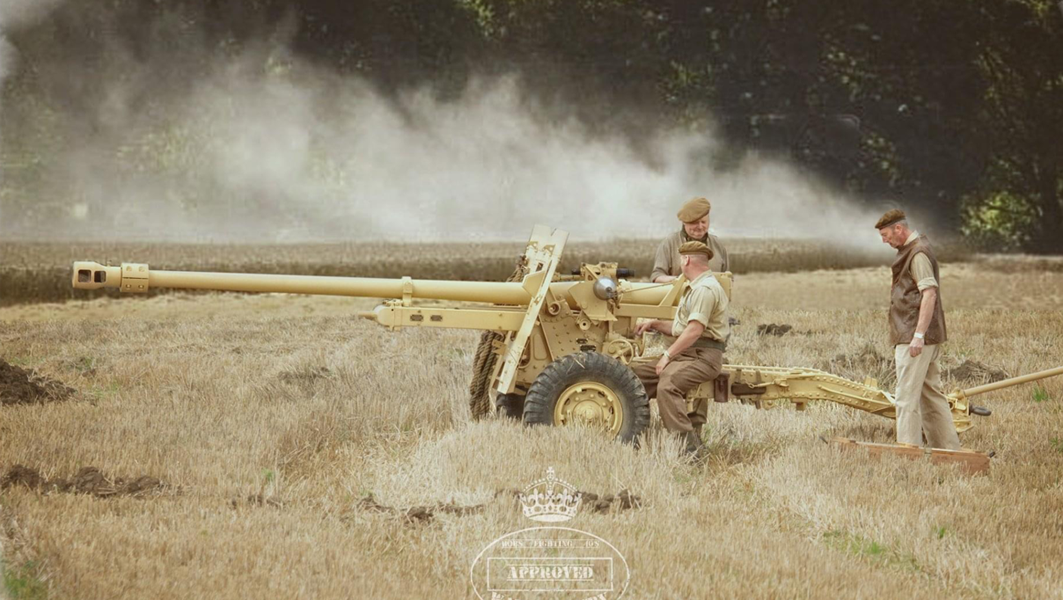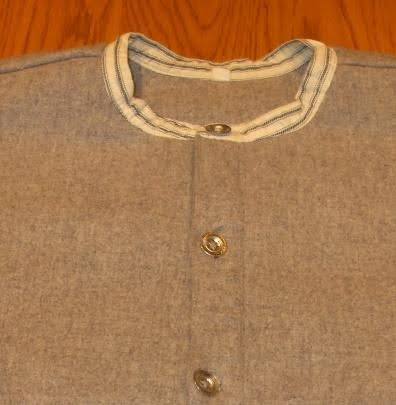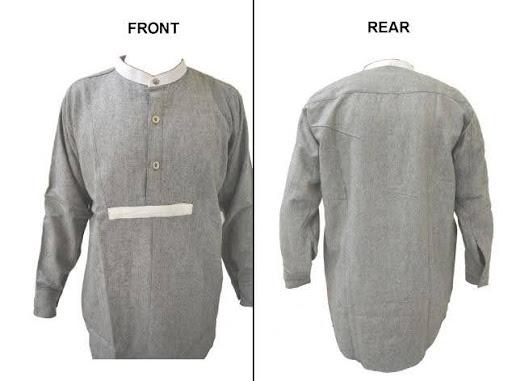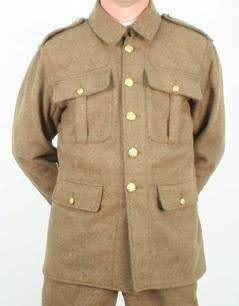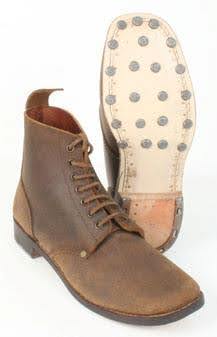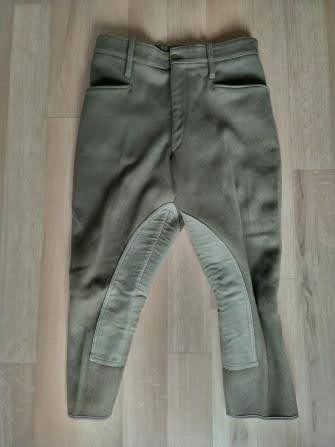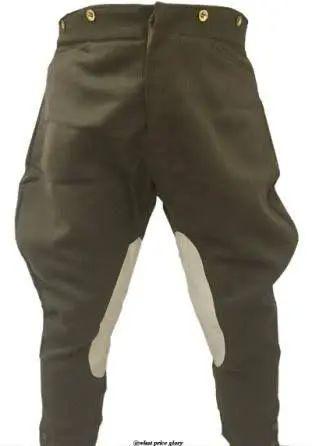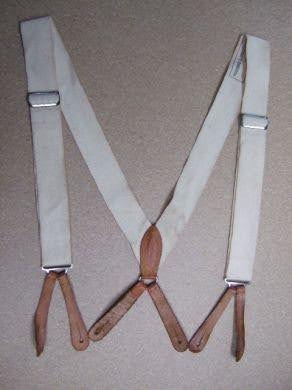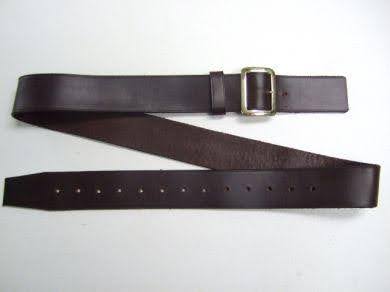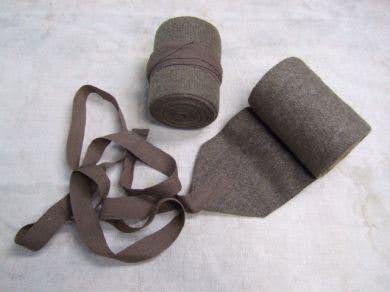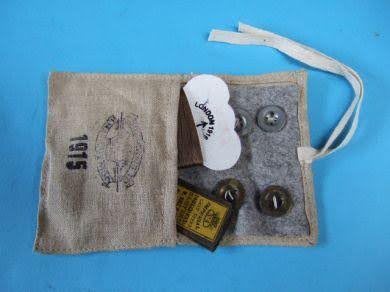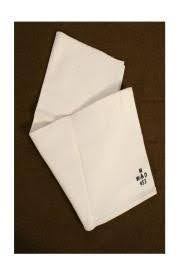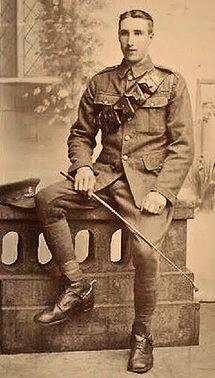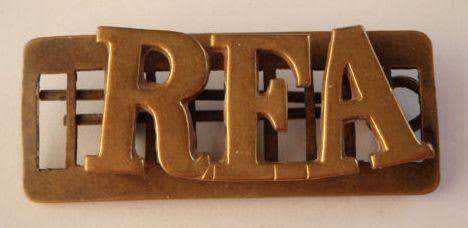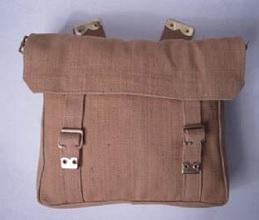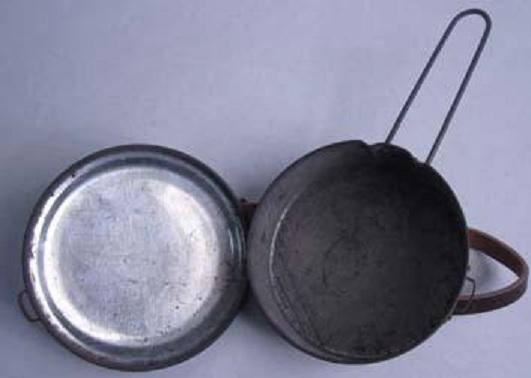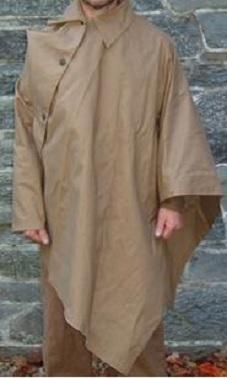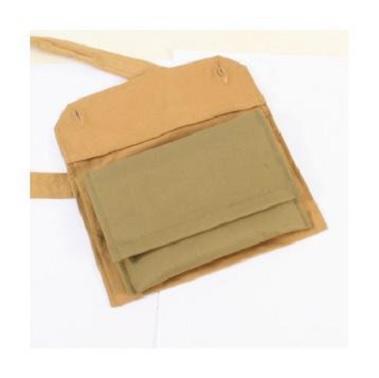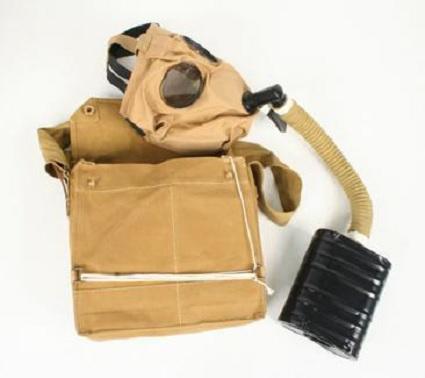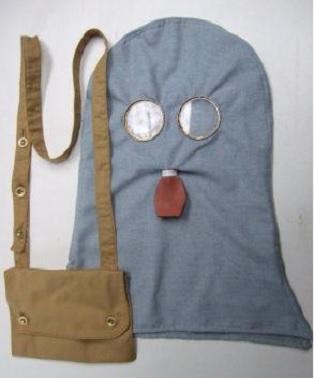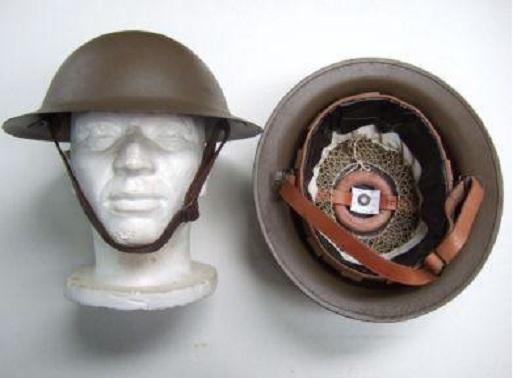Field Kit
Being essentially classed as ‘mounted troops’ the Royal Field Artillery was equipped in the same manner as the cavalry and Royal Horse Artillery. Therefore, their basic field kit varied considerably from the infantry and the Royal Garrison Artillery. Every item was compatible with the wearer being mounted on either a single horse, a team of horses, driving a cart or wagon, or riding on a limber. All heavy or bulky items were carried on the battery transport. Greatcoats and personal weapons were either carried on the saddle or in-situ on the limbers. The basic personal items were the mounted pattern greatcoat, the mounted pattern carrier and water bottle, the mounted pattern mess tins (and cover). All additional personal kit (cap/comforter, wash roll, towel, housewife, woolen gloves, spare socks and ‘the unconsumed portion of the day’s ration’) was carried in a GS haversack (initially) or (later) in the webbing haversack. The water bottle and carrier was worn over the right shoulder under the bandolier and often had the mess tins strapped to the water bottle.The haversack was worn over the left shoulder. If the greatcoat was being worn all equipment was carried on top of the coat.
